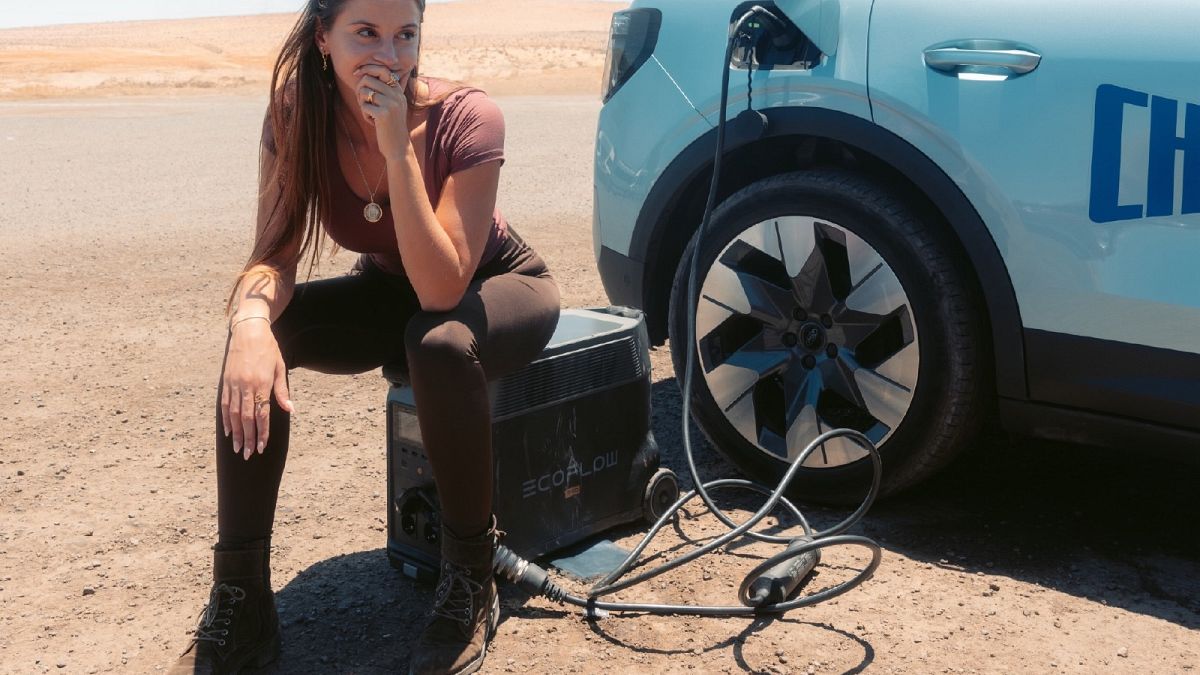Jobs
US clean energy jobs grew 4.2% in 2023: DOE

Dive Brief:
- Clean energy jobs increased by 142,000 last year, more than doubling the employment growth rate in the broader U.S. economy and the rest of the energy sector, the Department of Energy said Wednesday in an annual assessment of the sector’s employment.
- Overall, the energy workforce added more than a quarter million jobs in 2023, with 56% of those in clean energy, according to the U.S. Energy and Employment Report, or USEER.
- Clean energy jobs are increasingly unionized, “which means better pay, better benefits and safer work sites,” Deputy Secretary of Energy David Turk said in a briefing with reporters on Tuesday. Unionization rates in clean energy reached 12.4%, versus 11% for the energy sector and 7% for the private sector as a whole.
Dive Insight:
DOE officials say the Biden administration’s investments in domestic clean energy are driving increases in employment and helping grow the economy.
“Our policies are working. We are now starting to see the job impacts of investments made through the infrastructure and inflation reduction laws — first in construction and as America builds more of these factories, we’ll see hundreds of thousands more,” Secretary of Energy Jennifer Granholm said in a statement. “The data clearly show that clean energy means jobs.”
Overall, clean energy jobs grew 4.2% in 2023, compared with 3.8% in 2022. The total U.S. economy saw a job growth rate of 2% in 2023, according to DOE.
Officials said employment increased across all five USEER energy technology categories: electric power generation; energy efficiency; fuels; motor vehicles; and transmission, distribution and storage.
Electric power generation jobs “grew the fastest of any major energy technology in 2023 at 4%, nearly double the overall U.S. job growth rate,” according to the report. Employment in the sector reached 900,000 jobs last year. Solar showed the largest jobs gain and the fastest growth rate, expanding by 18,401 workers or about 5.3%. Land-based wind had the second largest jobs expansion, adding 5,715 workers, for a growth rate of 4.6%, according to the report.
Transmission, distribution and storage, or TDS, employed over 1.4 million workers in 2023 and the employment growth rate is accelerating, expanding by 3.8% in 2023, up from 2.2% in 2022, according to the USEER analysis. “While still an emerging sector, ‘EV Charging’ outpaced all other TDS technologies in growth rate, increasing 25.1%,” the report said. Traditional TDS jobs grew 5.4%.
The fuels sector grew 1.8% to employ 1.1 million workers. Renewable diesel fuels and offshore natural gas grew at the fastest rates within the sector, at 7.3% and 4.9% respectively, DOE said.
Energy efficiency supported almost 2.3 million jobs last year, growing 3.4%, the report said. “All energy efficiency technology sub-categories experienced positive job growth, most notably in traditional heating, ventilation, and cooling, which added 18,165 jobs and grew by 3.2%.”
The motor vehicles segment is the largest energy technology area, growing 2.8% to employ 2.7 million last year. Jobs in clean vehicles, including battery electric vehicles, plug-in hybrids and hydrogen/fuel cell vehicles, increased by 11%.
Latino and Hispanic workers and veterans “saw significant gains in the energy sector,” the report noted. About a third of total new energy jobs and new clean energy jobs in 2023 were filled by Hispanic or Latino workers. Veterans made up 9% of the U.S. energy workforce, higher than their 5% share of the overall economy.
And unionization rates in clean energy “surpassed traditional energy employment for the first time,” the report said, “driven largely by rapid growth in the comparatively highly unionized construction (particularly of transmission and distribution systems) and utility sectors.”
“With union density in clean energy at record highs, it’s clear we can create good jobs and advance a cleaner economy at the same time,” AFL-CIO President Liz Shuler said in a statement. “And as the report shows, union labor makes a difference; employers report that working with unions has made it easier for them to find the skilled workers they need and hire a diverse workforce.”




:max_bytes(150000):strip_icc()/112124-nordstrom-makeup-deals-social-a0f2aee5c0a545408c24f2a45955690c.jpg)




